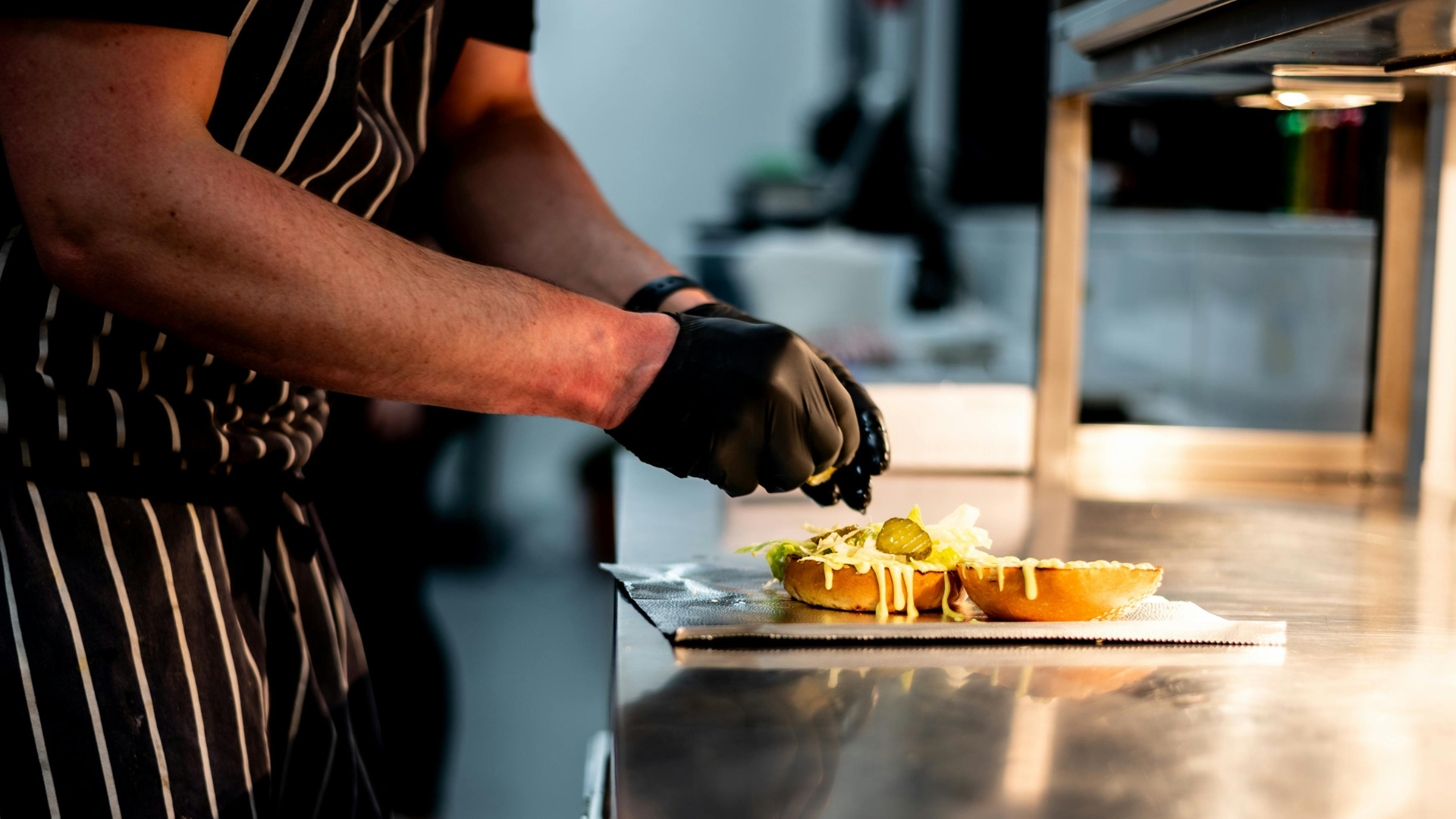Revolutionising the Restaurant Industry
The restaurant industry is currently experiencing profound changes driven by evolving consumer preferences, advances in technology, and increased demand for convenience. One of the most innovative trends transforming the industry is the rise of dark kitchens also known as cloud kitchens, ghost kitchens, or virtual restaurants.
These establishments operate exclusively for food delivery, enabling restaurant owners to significantly streamline their operations and reduce overhead costs compared to traditional restaurants.
As consumers increasingly rely on online ordering and home deliveries through platforms, businesses that are digital-first, such as dark kitchens, stand to gain a competitive advantage. This article explores the dark kitchen business model, highlighting operational details, revenue potential, key benefits, and the challenges associated with running such establishments.
What is a Dark Kitchen?
A dark kitchen is a facility dedicated exclusively to preparing meals for delivery or takeaway. Unlike traditional restaurants, dark kitchens do not feature customer-facing areas such as a dining area or a physical storefront. Instead, they exist almost entirely on digital platforms, including delivery apps like Uber Eats, Deliveroo, and Just Eat, to reach customers directly in their homes.
This business model removes the constraints and expenses of maintaining physical dining spaces, significantly reducing operational costs related to rent, staffing, and upkeep.
How a Dark Kitchen Operates
Operating a dark kitchen involves several streamlined yet critical stages from order to delivery.
Order Reception
Orders are received through various digital delivery platforms. Customers typically place orders using mobile apps or restaurant websites. This digital-first approach enables rapid processing and accurate tracking of customer preferences and ordering habits.
Food Preparation
Upon receiving an order, dedicated kitchen staff immediately begin preparing meals in commercial kitchens optimised for efficiency and speed. Unlike traditional restaurants, menus in dark kitchens are typically simplified and tailored specifically for delivery.
Packaging and Dispatch
Prepared meals are carefully packaged using materials designed to maintain quality, freshness, and temperature during transit. Proper packaging is crucial, as it significantly affects customer satisfaction and repeat ordering.
Delivery
Once packaged, orders are handed over to delivery personnel. These deliveries may be conducted by third-party delivery services such as Uber Eats or through dedicated in-house delivery teams.
Profitability Potential of Dark Kitchens
Dark kitchens have emerged as highly profitable ventures for several reasons:
Lower Overheads
The absence of a traditional dining area dramatically reduces costs associated with real estate, utilities, staffing, and maintenance. These savings can significantly boost overall profitability.
Operational Efficiency
Focused exclusively on food delivery, dark kitchens optimise operations by streamlining menus, reducing food waste, and ensuring kitchen layouts are designed for maximum efficiency.
Scalability
The relatively low startup and operating costs facilitate expansion and replication of successful kitchen models in multiple locations without substantial capital investment.
Data-Driven Decision Making
Leveraging data from online ordering platforms and social media enables kitchen operators to refine their menus, adjust pricing, and tailor marketing campaigns, effectively responding to customer demands and preferences in real-time.
Advantages of the Dark Kitchen Model
Embracing a dark kitchen business model offers several compelling benefits:
Cost Efficiency
Operating without a physical customer-facing presence drastically lowers rental and staffing costs, directly contributing to improved profit margins.
Enhanced Flexibility
Dark kitchens have the ability to quickly respond to changing consumer tastes and preferences, making menu adjustments and operational tweaks based on real-time feedback.
Faster Market Entry
The simpler operational setup and reduced initial investment requirements allow for quicker entry into new markets compared to traditional restaurants.
Effective Digital Marketing
Focusing exclusively online allows dark kitchens to utilise targeted digital marketing strategies effectively. Online advertising and SEO-optimised websites become key drivers of customer acquisition and retention.
Challenges Associated with Dark Kitchens
Despite their numerous advantages, operating dark kitchens presents specific challenges that must be addressed:
Dependency on Third-Party Platforms
Reliance on third-party delivery platforms can result in high commission fees, limiting control over customer experience and direct relationships.
Building Brand Recognition
Without physical storefronts, establishing and maintaining brand visibility can be challenging, requiring significant investment in digital marketing and online presence.
Quality Control During Delivery
Maintaining consistent food quality through delivery processes is critical, as compromised quality directly impacts customer satisfaction and future orders.
Strategies for Successful Dark Kitchen Operations
Achieving success with a dark kitchen model involves several critical strategies:
Menu Optimisation
Create menus specifically designed for delivery, ensuring food maintains its quality and appeal throughout the delivery process.
Leverage Analytics
Use advanced data analytics to understand customer preferences, identify trends, and optimise menus and operational practices accordingly.
Invest in Digital Presence
Prioritise investment in digital marketing, including SEO, paid advertising, and engaging content on social media platforms, to effectively reach and retain customers.
Prioritise Customer Experience
Consistently deliver exceptional food quality, timely deliveries, and responsive customer service to ensure customer satisfaction, positive reviews, and repeat orders.
Innovations Driving the Future of Dark Kitchens
Several technological advancements are further enhancing the viability and attractiveness of dark kitchens:
- Automation and Robotics: Improving operational efficiency and consistency in food preparation.
- Artificial Intelligence (AI): Enabling advanced predictive analytics for demand forecasting, inventory management, and personalised marketing campaigns.
- Advanced Packaging and Logistics: Innovative packaging solutions and enhanced logistics technology are continuously improving food quality and delivery efficiency.
Final Thoughts: Positioning for Future Success
Adopting the dark kitchen model positions food businesses strategically within the rapidly evolving restaurant industry landscape. By leveraging innovative technology, reducing operational costs, and focusing on a flexible, customer-centric approach, dark kitchens are poised for continued growth and success. Businesses that proactively embrace these changes are likely to benefit from enhanced profitability, sustained market presence, and competitive advantage in the digital era of food service.


.png)

